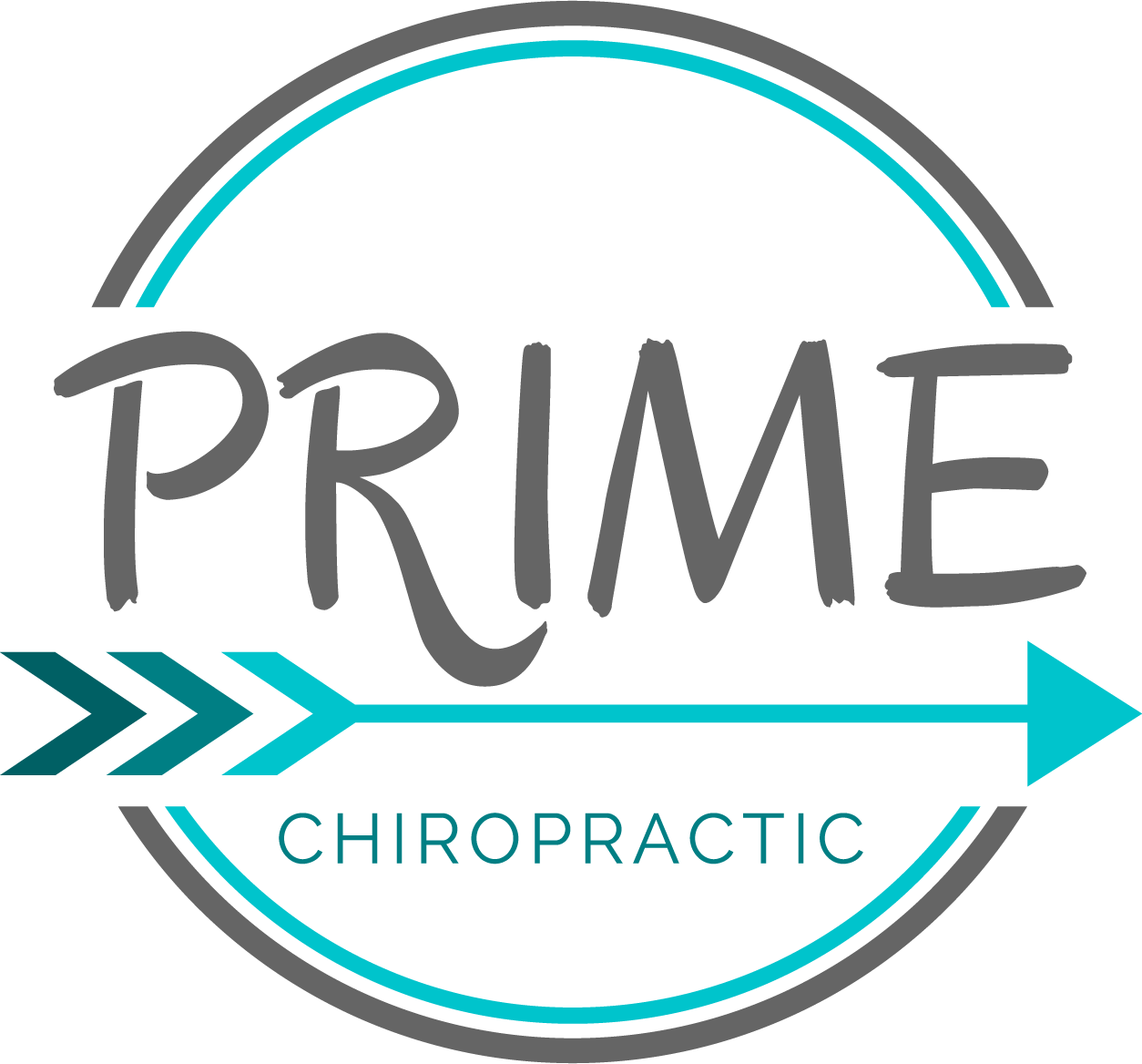Neurology Simplified
You need to understand that your brain – your nervous system – totally controls you — all of you! Every little bit! It controls the function of every organ, cell and tissue; your brain and nervous system control every part of your being. Your nervous system is comparable to a supercomputer that runs the whole show.
In order for your brain to communicate effectively with your body, however, there must be a connection between the brain and your body. That connection is called the spinal cord — just part of your nervous system. For those of you who are not very clinically oriented, think of the spinal cord as a telephone cable containing millions of tiny “wires,” called nerves. They originate in your brain and travel along your spinal cord to different parts of your body; the longest nerve in your body being the sciatic nerve - it extends into your toes! And it can be up to seven feet long. That’s a lot of nerve!
The function of these nerves is to transmit information and messages between your brain and your body so that you can execute your program and maintain normal function and health. Isn’t that amazing?
The above message transmission is referred to as Synaptic Transmission - the nerve has to fire information across a tiny space — a synapse, located between the nerve and what is called, the end organ. This system relies on the release of neurotransmitter chemicals to affect message transmission.
Synaptic Transmission is the conventional thought when people envision a “pinched nerve.”
Very recent evidence, however, points to a system that utilizes Non-synaptic Transmission to cause an effect on body function. This research is brand new and deals with the idea of “wave propagation” and tone. It was discovered that messages sent by the nervous system could travel through “wave amplification” centers and affect other neighboring centers through resonance. Sound complicated?
Imagine holding a tuning fork that is vibrating in the proximity of one that is not. You’ll note that the vibration of one will start to affect the other. Thus, information is transmitted throughout the body by non-synaptic means-in waves.
Very recent evidence, however, points to a system that utilizes Non-synaptic Transmission to cause an effect on body function. This research is brand new and deals with the idea of “wave propagation” and tone. It was discovered that messages sent by the nervous system could travel through “wave amplification” centers and affect other neighboring centers through resonance. Sound complicated?
Imagine holding a tuning fork that is vibrating in the proximity of one that is not. You’ll note that the vibration of one will start to affect the other. Thus, information is transmitted throughout the body by non-synaptic means-in waves.
Let’s look at this closer. Consider, for example, driving your brand-new Lincoln. Instead of having it running on eight cylinders, as it should, it is now only running on five. The dashboard warning bells, whistles and lights are all on, there is smoke appearing in the back of the vehicle and at every stoplight it stalls. But generally, it is still drivable. That would be a good example of malfunction.
Your body is similar. It can still function to a degree, but you would not have what we call good health. I call this survival or just simply getting by. It is not OK.
To many of us, though, this seems to be the normal operating state for a human being. We even expect this state of affairs when we “get older,” and over our lifetime we surround ourselves with things we are no longer able to do. It soon becomes a wall so high we are unable to see over it. That is not health.
What would be examples of malfunction in the body? Let’s see . . . stiffness of movement (especially in the morning), numbness and tingling in the hands or feet, chronic cough, diarrhea, constipation, wheezing, dribbling in your underwear when you cough or sneeze (yes, the DEPENDS people love you!), ear infections, etc. There are thousands of examples of malfunction. While I’m on this topic, allow me to say a word on the use of “Depends” or “Attends.” The simple problem of bladder incontinence affecting millions of people has been transformed into a “disease” so that a diagnosis can now be made and a drug can now be prescribed. Yes, this is now called “Overactive Bladder Disease.” Have you heard of it? I’ll bet you have. Listen up….How bizarre is that concept? Your bladder decided to dribble all by itself? Without your permission? Who is in charge anyway?
(I’ll cover how you develop Disease, Illness and Symptoms in the next issue – stay with me!)
SOO…
If you are tired of being stuck in the traditional “health” care model and want another approach, contact us today! We can’t wait to welcome you into the Prime Chiropractic family!
And as always, if you have any questions, or would information on any health topic, it would be my pleasure to help you!





